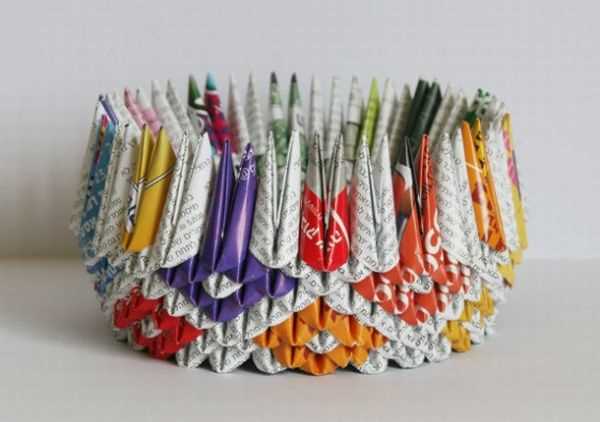
Recycling is becoming increasingly important in our efforts to reduce waste and protect the environment. Paper, in particular, is one of the most commonly recycled materials. However, what about paper that has glue on it? Can it still be recycled?
The answer to this question is not quite straightforward. While traditional glue is not recyclable and can contaminate the recycling process, there are some types of paper with glue that can be recycled. For example, paper with water-based glue can usually be processed through the recycling system without causing any issues.
On the other hand, paper with strong adhesives, such as tape or labels, may not be suitable for recycling. These types of adhesives can cause problems in the recycling process, as they can stick to the machinery and cause damage. Therefore, it’s important to remove any tape, labels, or other strong adhesives from paper before recycling it.
In conclusion, while paper with glue may not always be recyclable, it’s essential to check the type of glue used. If the glue is water-based, there’s a good chance that the paper can be recycled. However, if the glue is strong or adhesive, it’s best to remove it before recycling the paper. By being mindful of the glue used on paper products, we can help ensure that the recycling process is as effective and efficient as possible.
- Recycling Paper with Glue: Is It Feasible?
- The Role of Glue in the Paper Recycling Process
- Environmental Impact of Glue on Paper Recycling
- 1. Contamination
- 2. Energy Consumption
- Challenges of Recycling Paper with Glue
- Proposed solutions
- Glue Residue: A Common Obstacle in Paper Recycling
- The Problem with Glue Residue
- Solutions and Challenges
- Techniques to Overcome Glue-related Recycling Challenges
- Advantages of Recycling Paper without Glue
- 1. Improved Paper Quality
- 2. Decreased Contamination
- Simplified Recycling Process
- 1. Sorting
- 2. Pre-Treatment
- 3. Pulping
- 4. Cleaning and Filtering
- 5. Repulping and Paper Production
- Q&A:
- Can paper with glue be recycled?
- What happens when paper with glue is recycled?
- Is it better to remove the glue before recycling paper?
- What are the challenges of recycling paper with glue?
- Are there any alternative uses for paper with glue?
Recycling Paper with Glue: Is It Feasible?
Recycling paper is an essential part of reducing waste and promoting sustainability. However, when it comes to paper with glue, the recycling process becomes more challenging. Glue on paper can interfere with the paper recycling process and affect its quality.
Glue is commonly used in various paper products, such as envelopes, labels, and packaging materials. These components often contain different types of adhesives that can pose challenges during recycling. The glue can cause issues during the pulping process, where paper fibers are separated and turned into new paper products.
One of the main concerns with recycling paper with glue is contamination. The glue can mix with the paper fibers, making it difficult to remove during the recycling process. This contamination can lead to a less desirable end product with lower quality. The presence of glue can also affect the strength and durability of the recycled paper.
Despite these challenges, there have been advancements in recycling technology that aim to address the issue of glue on paper. Some recycling facilities use specialized equipment and processes to separate the glue from the paper fibers more effectively. These technologies include careful pre-sorting, washing, and chemical treatments.
Another approach to recycling paper with glue is to remove the glue from the paper before it enters the recycling stream. This can be done by manually separating the glue from the paper or using solvent treatments to dissolve the adhesive. However, these methods can be time-consuming and costly, making them less feasible on a large scale.
Overall, while it is possible to recycle paper with glue, it poses challenges and requires specialized processes. The presence of glue can affect the quality of the recycled paper and require additional steps during the recycling process. To promote more effective recycling, it is important to educate consumers and businesses about the impacts of glue on paper recycling and encourage the use of eco-friendly adhesives.
The Role of Glue in the Paper Recycling Process
Glue plays a significant role in the paper recycling process, as it can have both positive and negative effects on the recyclability of paper. The presence of glue in paper can make the recycling process more challenging, but with the right methods and technologies, it is still possible to recycle paper with glue.
Glue is commonly used in various paper products, such as envelopes, labels, and stickers, to provide adhesion and strength. However, when these products are recycled, the glue can create problems. The glue can cause the fibers in the paper to stick together, making it difficult to separate and process the paper properly.
To address this issue, paper recycling facilities use specialized equipment and techniques to remove the glue from the paper. One common method is to soak the paper in water and agitate it to break down the glue bonds. This process, known as pulping, helps separate the fibers from the glue and other contaminants.
Once the glue has been removed, the paper fibers can be processed into new paper products. The recycled fibers are mixed with water and additional additives to create a pulp, which is then formed into sheets and dried. This process not only helps conserve natural resources but also reduces the demand for new paper production.
While glue can present challenges in the recycling process, advancements in technology have made it possible to recycle paper with glue more effectively. Paper recycling facilities continue to invest in research and development to improve the efficiency of glue removal methods and ensure that recycled paper meets high-quality standards.
However, it’s important for consumers to be mindful of the type of glue used in their paper products. Water-based glues are generally more environmentally friendly and easier to remove during the recycling process. On the other hand, products with solvent-based glues may pose more challenges and require additional treatment.
In conclusion, glue plays a crucial role in the paper recycling process. While the presence of glue can complicate the recycling process, it is still possible to recycle paper with glue through specialized methods and equipment. By understanding the impact of glue on paper recycling and making eco-conscious choices in our paper products, we can contribute to a more sustainable future.
Environmental Impact of Glue on Paper Recycling
When it comes to recycling paper, one of the key factors that can affect the process is the presence of glue. Glue is commonly used in various paper products, such as magazines, packaging materials, and adhesive labels.
The use of glue on paper can have a significant environmental impact on the recycling process. One of the main challenges is that glue can interfere with the separation process, making it difficult to separate the paper from other materials.
1. Contamination
Glue can contaminate the recycling process by sticking to other materials, such as plastics or metals, making it harder to sort and separate recyclable materials. This contamination can reduce the quality of the recycled paper and decrease the economic value of the recovered materials.
2. Energy Consumption
Removing glue from paper during the recycling process can require additional energy and resources. Specialized equipment and chemicals may be needed to dissolve or remove the glue, which can result in higher energy consumption and increased environmental impact.
In some cases, the presence of glue may render the paper unrecyclable, leading to its disposal in landfills instead. This further adds to the environmental burden and contributes to the depletion of natural resources.
Overall, the environmental impact of glue on paper recycling highlights the importance of reducing the use of glue in paper products and finding alternative solutions. Manufacturers and consumers alike should work towards using more eco-friendly adhesives or exploring glue-free alternatives whenever possible. Additionally, the development of innovative recycling technologies and processes can help overcome the challenges posed by glue in paper recycling, making it a more sustainable and efficient endeavor.
Challenges of Recycling Paper with Glue
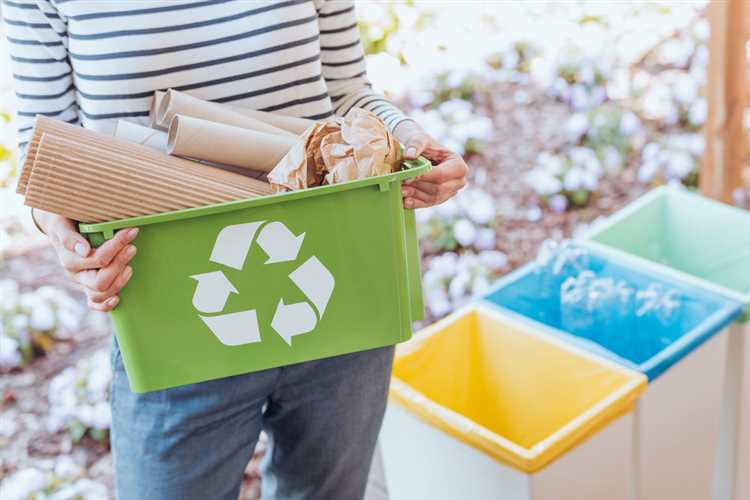
Recycling paper with glue poses several challenges in the recycling process. Glue is often used in the manufacturing of paper-based products to bind fibers together and enhance their strength or adhesion. However, when it comes to recycling, the presence of glue can complicate the process and reduce the quality of the recycled paper.
Contamination: Glue can contaminate the recycling streams, especially when paper products containing glue are mixed with other recyclables. The glue can stick to machinery or other paper fibers, causing blockages and reducing the efficiency of recycling equipment.
Degrading paper quality: Glue residue in recycled paper can result in decreased paper quality. The glue can affect the texture and appearance of the paper, making it less desirable for certain applications. This can reduce the market value of recycled paper and limit its reuse in high-quality paper products.
Inefficient separation: Separating paper fibers from glue can be a challenging and time-consuming process. Traditional recycling techniques, such as pulping and screening, may not effectively remove glue from the paper fibers, leading to lower-quality recycled paper.
Proposed solutions
Despite the challenges, researchers and recycling facilities are working on finding solutions to recycle paper with glue more effectively.
Improved recycling technologies: Advanced technologies, such as sophisticated screening and washing techniques, are being developed to better separate glue from paper fibers. These technologies aim to improve the efficiency and quality of recycling processes, minimizing the negative impact of glue on recycled paper.
Design for recyclability: Manufacturers can play a crucial role in facilitating the recycling of paper products by considering the end-of-life implications. Using water-soluble or easily removable glue could make it easier to separate glue from paper fibers during the recycling process. Additionally, increasing the use of adhesive-free alternatives or opting for recyclable packaging materials can contribute to reducing the presence of glue in paper recycling streams.
In conclusion, recycling paper with glue presents challenges due to contamination, decreased paper quality, and inefficient separation. However, ongoing research and innovative solutions are paving the way for more efficient recycling processes, reducing the negative impact of glue on recycled paper and promoting a more sustainable paper industry.
Glue Residue: A Common Obstacle in Paper Recycling
Recycling paper is an effective way to reduce waste and conserve resources. However, one common obstacle in the paper recycling process is the presence of glue residue. Glue residue can be found on various paper products, including packaging boxes, envelopes, and labels.
The Problem with Glue Residue
Glue residue poses a problem in paper recycling because it can interfere with the quality of the recycled paper. When paper with glue residue is processed in recycling facilities, the glue can contaminate the paper fibers and affect the final product. Glue residue can also clog machinery and cause operational issues, leading to additional costs and downtime for recycling plants.
Glue residue is particularly problematic when recycling paper with adhesives containing synthetic polymers, such as hot melt glue or pressure-sensitive adhesives. These types of adhesives do not easily break down during the recycling process and can create persistent contamination.
Solutions and Challenges
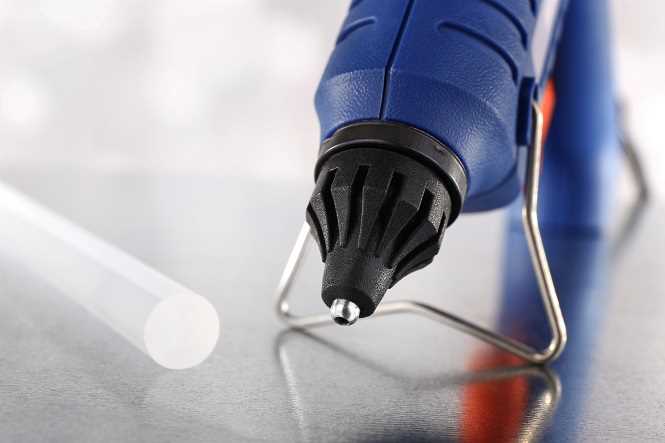
Efforts have been made to find solutions to the problem of glue residue in paper recycling. One approach is to separate paper products with glue residue from the recycling stream and send them to specialized facilities that can handle the removal of adhesives. These facilities use solvent-based or mechanical processes to separate the glue from the paper fibers.
However, this approach has its challenges. Separating paper with glue residue requires additional sorting and processing steps, which can increase costs and complexity in the recycling system. Furthermore, not all glue residues can be effectively removed, especially those from adhesives with strong bonding properties.
| Advantages | Challenges |
|---|---|
| Reduces contamination in recycled paper | Increases recycling costs |
| Prevents clogging of recycling machinery | Requires additional sorting and processing steps |
| Conserves resources by recycling paper | Some glue residues cannot be effectively removed |
In conclusion, glue residue is a common obstacle in paper recycling that can affect the quality of the recycled paper and cause operational issues in recycling plants. While efforts have been made to address this problem, the removal of glue residues remains a challenge. Finding innovative solutions to effectively handle glue residues is crucial for improving the efficiency and sustainability of paper recycling processes.
Techniques to Overcome Glue-related Recycling Challenges
Recycling paper with glue can be a challenging task due to the adhesive properties of the glue. However, with the advancements in recycling technologies and the use of specialized techniques, it is possible to overcome glue-related recycling challenges. Here are some techniques that can be used:
| Technique | Description |
|---|---|
| Deinking Process | The deinking process involves removing the glue from paper fibers by using chemicals or enzymes. This process breaks down the glue, allowing it to be separated from the paper pulp. |
| Hot Water Soaking | Soaking paper with glue in hot water can help loosen the adhesive properties of the glue. This makes it easier to separate the glue from the paper fibers during the recycling process. |
| Mechanical Separation | In some cases, mechanical separation techniques can be used to remove glue from paper. This can involve using machinery that applies pressure or friction to break apart the glue and separate it from the paper. |
| Source Separation | One effective way to overcome glue-related recycling challenges is to ensure proper source separation. By separating paper with glue from other paper products, it becomes easier to target specific recycling techniques for glue removal. |
While these techniques can help overcome glue-related recycling challenges, it is important to note that not all types of glue can be easily removed from paper. Some adhesives may require more specialized processes or may not be recyclable at all. Therefore, it is crucial to consider the type of glue used and its compatibility with recycling processes when aiming for paper recycling.
Advantages of Recycling Paper without Glue
Recycling paper without glue offers several advantages over traditional paper recycling methods. Here are some of the key benefits:
1. Improved Paper Quality
When glue is present in the recycling process, it can affect the quality of the paper produced. Glue particles can remain in the recycled paper, leading to a lower-quality finished product. By recycling paper without glue, the resulting paper is typically of higher quality and better suited for reuse.
2. Decreased Contamination
Removing glue from the paper recycling process helps reduce contamination. Glue can act as a contaminant in the recycling process and can interfere with other materials, making them less suitable for recycling. By eliminating glue, the overall contamination level of the recycled paper can be decreased, making it easier to recycle and use in various paper products.
In addition to these advantages, recycling paper without glue can also lead to cost savings in the recycling process. Without glue, there is no need for additional steps or resources to remove it from the paper, making the recycling process more efficient and cost-effective.
Overall, recycling paper without glue offers numerous benefits, including improved paper quality, decreased contamination, and cost savings. By utilizing glue-free recycling methods, we can further promote sustainable paper production and reduce waste in our environment.
Simplified Recycling Process
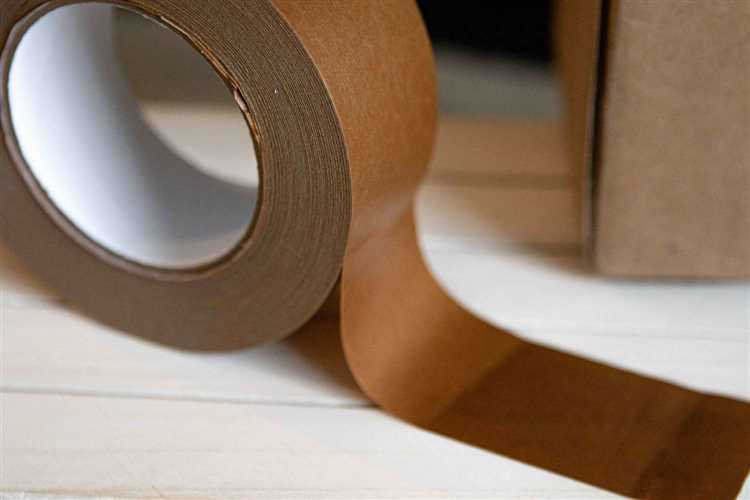
Recycling paper with glue can be a challenge, but there is a simplified process that can be used to recycle paper effectively while minimizing the impact of the glue.
1. Sorting
The first step in the simplified recycling process is sorting. The paper with glue is separated from other types of paper and materials. This can be done manually or with the help of automated sorting systems.
2. Pre-Treatment
Once the paper with glue is sorted, it goes through a pre-treatment process. This involves soaking the paper in water or a special solution to break down the glue. The length of time for the soaking process may vary depending on the type and amount of glue present.
During the pre-treatment process, the paper fibers start to separate from the glue, making it easier to remove during the recycling process.
3. Pulping
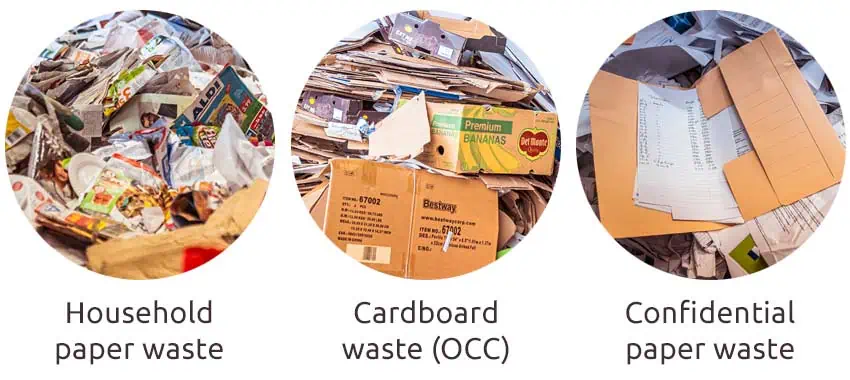
After the pre-treatment, the paper is pulped, which means it is broken down into small fibers. This can be done by shredding the paper or using machines that mechanically break it down.
The pulping process helps to further separate the paper fibers from the glue, allowing for a cleaner and more effective recycling process.
4. Cleaning and Filtering
Once the paper is pulped, it goes through a cleaning and filtering process. This involves removing any remaining glue, as well as other contaminants such as ink or dirt.
The paper pulp is passed through various screens and filters to remove these impurities, resulting in a cleaner and purer pulp.
5. Repulping and Paper Production
After the cleaning and filtering process, the pulp can be repulped with fresh water to remove any remaining glue residue.
The clean pulp is then ready to be used in the production of new paper products. It can be mixed with other pulps or additives to create different types of paper, such as cardboard, newspaper, or office paper.
This simplified recycling process allows for the efficient recycling of paper with glue while minimizing the impact of the glue on the final recycled paper products.
Q&A:
Can paper with glue be recycled?
Yes, it is possible to recycle paper with glue. However, the presence of glue can make the recycling process more difficult and may affect the quality of the recycled paper.
What happens when paper with glue is recycled?
When paper with glue is recycled, it goes through a process known as pulping. During this process, the paper is mixed with water to create a slurry. The glue, along with other contaminants, separates from the paper fibers and is removed through filtering.
Is it better to remove the glue before recycling paper?
Yes, it is better to remove the glue before recycling paper. Removing the glue beforehand improves the quality of the recycled paper and makes the recycling process more efficient. This can be done by manually separating the glue from the paper or by using specialized equipment.
What are the challenges of recycling paper with glue?
The presence of glue in paper can present several challenges during the recycling process. The glue can resist separation from the paper fibers, leading to lower quality recycled paper. Additionally, the glue can clog recycling equipment, causing inefficiencies and potential damage to machinery.
Are there any alternative uses for paper with glue?
Yes, there are alternative uses for paper with glue. Some companies utilize paper with glue for insulation purposes, as the glue can help bind the fibers together and provide added strength. Additionally, paper with glue can be used in certain construction applications where the adhesive properties are beneficial.